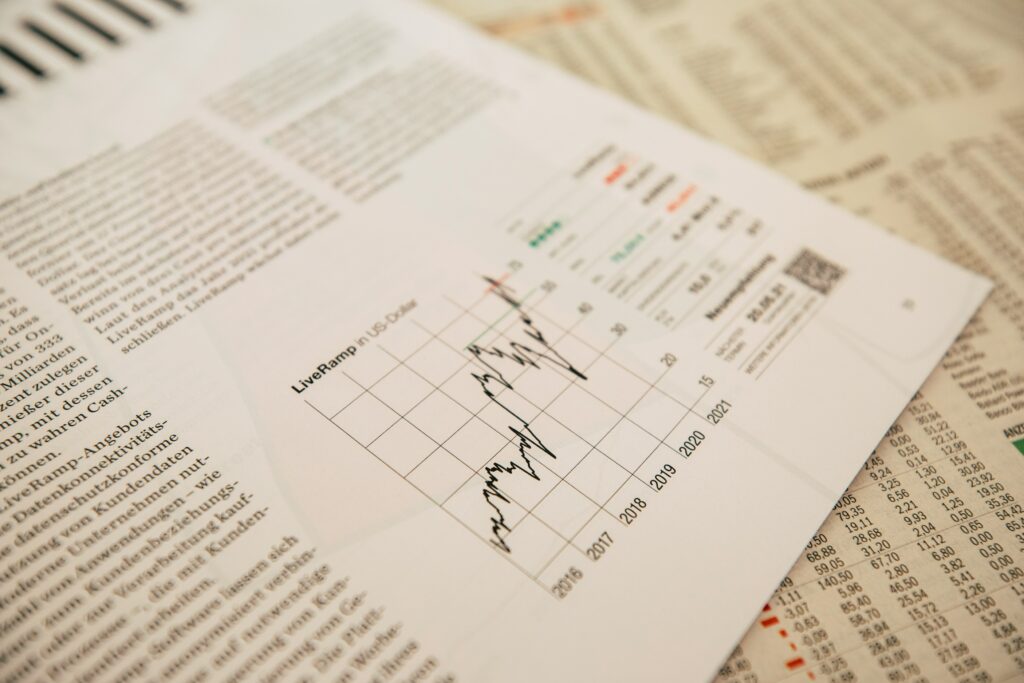Global Economic Shifts impacts today’s interconnected world, and extends far beyond national borders, affecting industries across the board, including commercial real estate (CRE). Investors, developers, and landlords must navigate a landscape where international trends influence local markets. Understanding these global shifts—and how they affect local CRE—is essential for making informed investment decisions.


The Ripple Effect of Global Economic Changes
When we talk about global economic shifts, we’re referring to major changes in financial markets, geopolitical events, currency fluctuations, trade policies, and supply chain disruptions. These factors, even when occurring thousands of miles away, can have profound consequences on local commercial real estate markets.
Here’s how these global shifts shape CRE trends at the local level:
1. Interest Rate Changes and Global Capital Flows
Interest rate decisions made by central banks, particularly the U.S. Federal Reserve and the European Central Bank, can send ripples across global markets. When interest rates rise, borrowing costs increase, affecting both international and local CRE investors who rely on debt financing.
On the flip side, lower interest rates can attract foreign investment, especially into stable and profitable CRE markets like the U.S., Europe, and parts of Asia. Global capital flows, whether from institutional investors or sovereign wealth funds, often gravitate towards real estate assets, pushing up demand and prices in local markets.
2. Geopolitical Instability and Risk
Geopolitical tensions, such as trade wars, military conflicts, or sanctions, create uncertainty in global markets. This often leads to shifts in where investors place their capital. For instance, during periods of instability in one part of the world, international investors may seek safe-haven markets with stable governments and transparent regulatory systems.
Cities like New York, London, and Singapore often benefit from this “flight to safety.” Meanwhile, geopolitical risks may also lead to disrupted supply chains, affecting construction timelines, materials costs, and ultimately the pricing and delivery of CRE projects.
3. Currency Fluctuations
Exchange rate volatility plays a significant role in the decision-making process for foreign investors. When a currency weakens relative to others, it can make real estate investments in that country more attractive to foreign buyers. Conversely, a stronger local currency might deter international investors who are looking for more affordable opportunities.
For example, a strong U.S. dollar might dissuade foreign investors from purchasing commercial properties in the United States, while a weaker pound sterling after Brexit made London’s CRE market more attractive to overseas buyers.
4. Global Supply Chain Disruptions
One of the most visible impacts of global economic shifts, especially since the COVID-19 pandemic, has been the disruption of global supply chains. CRE projects, particularly in the industrial and logistics sectors, are highly sensitive to these disruptions. Delays in obtaining building materials or rising transportation costs can hinder development timelines and increase expenses for investors and developers.
This global disruption has led to increased demand for warehouse and distribution centers, as companies seek to localize production and hold larger inventories closer to consumer markets. Industrial and logistics real estate have therefore become some of the most sought-after assets in many local markets, thanks to these global supply chain challenges.
5. Energy Prices and Sustainability Pressures
The rise and fall of energy prices can dramatically influence operating costs for commercial properties. When energy prices spike, so do the costs associated with heating, cooling, and maintaining large buildings. In regions heavily dependent on oil and gas, shifts in energy prices can also affect local economies, influencing demand for office, industrial, and retail spaces.
Moreover, global sustainability trends are influencing local CRE markets as investors and developers increasingly prioritize green buildings and energy-efficient properties. Governments around the world are adopting stricter regulations on carbon emissions, pushing CRE stakeholders to innovate and comply with sustainability standards.
6. Technological Advancements and Digital Globalization
Technology continues to break down barriers between global and local markets. The rise of proptech (property technology) and advancements in data analytics allow CRE investors to analyze global trends more efficiently and act quickly on local opportunities.
For instance, remote work has significantly altered the office real estate market worldwide. Cities that were once bustling office hubs have seen increased vacancies, while suburban and smaller city office spaces, previously considered secondary markets, are now attracting attention. Investors who recognize these shifts early can adapt their portfolios to align with new demand patterns.
Adapting Local Strategies to Global Trends
So, how can CRE investors and developers best position themselves to adapt to these global economic shifts? Here are a few strategies to consider:
1. Stay Informed on Global Trends
Keeping a pulse on international news and economic developments is crucial for investors. Factors like currency movements, trade policies, and geopolitical events may not seem relevant to a local CRE project at first glance, but they can influence market conditions in significant ways.
2. Diversify Investments
Diversification is a timeless strategy. By spreading investments across different property types, geographic regions, and asset classes, investors can mitigate risks associated with global economic volatility.
3. Focus on Resilient Sectors
Certain real estate sectors tend to perform well during periods of uncertainty. Industrial and logistics properties, multifamily housing, and health care facilities are often more resilient to global disruptions than office or retail spaces, which can be more sensitive to economic downturns.
4. Embrace Sustainability and Innovation
As sustainability becomes an increasing priority globally, investors should focus on green building certifications, energy efficiency, and eco-friendly practices. Forward-thinking investments that prioritize sustainability are more likely to attract tenants and meet regulatory demands in the future.
Conclusion
In today’s global economy, no market exists in isolation. The interconnectedness of global trends and local commercial real estate markets means that investors must stay agile and informed. By understanding the impact of global economic shifts—whether through interest rates, currency fluctuations, or geopolitical risks—CRE investors can make more strategic decisions, positioning their portfolios to thrive in an ever-changing world.

